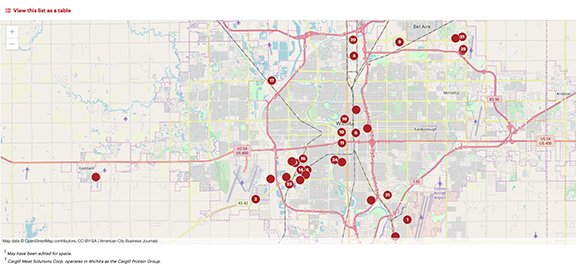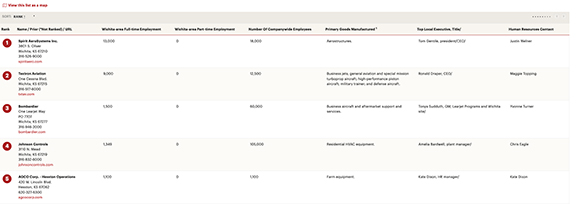This piece from ProPublica Illinois, WBEZ and the Sun-Times highlights how one company improperly used connections to dominate the newly created market of online video gaming in Illinois. Every paragraph is a revelation of data. I'll summarize.
First, ProPublica obtained records, specifically email records between the head of the company - who came from a wealthy Chicago family - and an attorney for the Illinois gaming board. The attorney created a private email for the exchange.
The company, Accel Entertainment, also obtained documents from the gaming board with details about its competitors - details that helped the company gain market share. It's not clear if ProPublica has these documents or if they learned of them through interviews with former and current employees of the company, whom they interviewed.
ProPublica also noted how much Accel has donated to Illinois politicians, which can be found in various campaign databases.
ProPublica also analyzed the timing and amount of video gaming installations by Accel - and compared them to the timing and amount of video installations by competitors. But the publication also looked at the online video gaming law, itself, and the unfunded mandate that prevented regulatory enforcement.
ProPublica was also able to obtain Accel's licensing application - which is not public information. The team also looked at investor updates; looked at corporate and legal records associated with the denial of a gaming license to an Accel competitor; and detailed Accel's yearly finances.
It also used a visual pleasing graph that shows how far ahead Accel is in terms of revenue than its competitors.
And, since it's ProPublica, the story included a "how we did this" section:
How We Analyzed Accel’s Business
To better understand the Illinois video gambling market and how much of it Accel Entertainment controlled, ProPublica Illinois used three datasets from the Illinois Gaming Board, the state agency that oversees the industry.
The first showed the amount of revenue each operator earned in total each day since video gambling went live in September 2012 through the end of 2018. This allowed us to track Accel’s market share over time. Each operator took home 35% of the money lost on its machines during that period.
To count the number of machines and locations each operator controlled, we combined two additional datasets obtained from the gaming board. The first consisted of monthly revenue reports available on the board’s website. The reports show the number of machines at each gambling location and the income they generated, though they do not identify the operators that provided the devices to the locations.
So ProPublica Illinois requested from the board a second database that lists the operators. By combining the two databases, we were able to track the number of machines and locations each operator controlled over time. We also used this data to estimate how many locations controlled by each operator had gone live, meaning the machines had been turned on and started making money.

